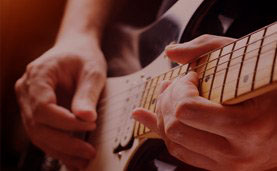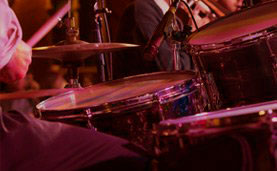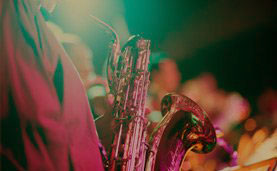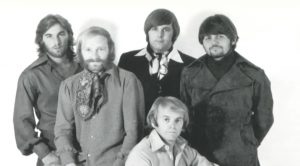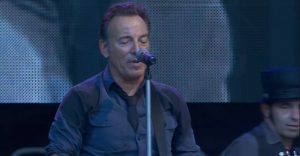3 Rock Legends That Made Piano A Rock Instrument Again

Elton John live in 2017 - Elton John / YouTube
When most people picture a rock band, it’s easy to default to the usual suspects: a guitar-slinging frontman, a bassist lurking in the shadows, a drummer crashing behind them all. It’s the familiar formula that’s shaped rock’s image for decades. Yet buried under all that fuzz and feedback is an instrument that doesn’t often get its dues — the piano.
For all its association with jazz clubs and classical concert halls, the piano has long had a rebellious streak. It’s capable of grit and groove, thunder and tenderness — everything that makes rock music tick. The trick was finding the right kind of player to bring that energy to the forefront.
Thankfully, a few legends did just that. They sat behind the keys and didn’t just support the band — they became the band’s defining sound. With swagger, style, and no shortage of raw talent, these three artists helped make the piano something that could burn down a stage just as fast as a guitar solo could.
Elton John
There’s something spellbinding about watching Elton John at a piano. From the moment he launched his career, he defied expectations by turning the piano — usually associated with soft ballads or sophisticated performances — into the engine of his rock spectacle. His ability to move between delicate melodies and thunderous rhythm made the instrument feel electric, even when unplugged.
Hits like “Rocket Man” and “Bennie and the Jets” weren’t just vocal showcases — they were piano-driven anthems that dared to be grand and strange and unforgettable. The keys weren’t background texture; they were front and center. And John, decked out in sequins and sunglasses, made the whole thing look effortless.
He didn’t just play rock songs on the piano — he built his entire identity around it. Over time, what once seemed like an odd choice became iconic. His theatrical style, musical virtuosity, and sense of showmanship combined to prove that piano rock wasn’t a novelty. In Elton’s hands, it was the main attraction.
Ray Manzarek
When you peel back the layers of The Doors’ mystique, it’s not just Jim Morrison’s voice that echoes — it’s the haunting swirl of Ray Manzarek’s keyboard. From the opening notes of “Light My Fire,” it’s clear the band had a different kind of backbone. There was no bass player in the traditional sense — Manzarek’s left hand was the bass, and his right brought the chaos.
He didn’t just accompany Morrison; he interpreted him. His playing was like a translator for all of Morrison’s surreal imagery, turning poetic lines into hypnotic, circling riffs that danced through every track. Songs like “Riders on the Storm” wouldn’t be the same without that eerie, water-droplet-like piano tone echoing in the background.
While Morrison may have drawn the spotlight, Manzarek gave the band its sonic identity. Without him, The Doors might’ve been another group lost in the ’60s haze. With him, they became something stranger, more cerebral — and far more enduring.
Ray Charles
Ray Charles didn’t just bring the piano into rock — he brought rock into everything he touched. Known as a pioneer of soul, gospel, and rhythm and blues, Charles defied musical categories. Yet time and time again, he returned to the keys as his anchor. It was his piano that gave weight to the swing, that gave bite to the blues, and bounce to his chart-toppers.
He could shift from heartbreak to joy within a few bars, and it always came back to his fingers dancing across the keys. Even songs that didn’t seem “rock” by definition carried the same energy — raw, immediate, and emotionally rich. Tracks like “What’d I Say” and “Hit the Road Jack” weren’t just catchy; they were electric.
Blind since childhood, Charles relied on sound and feel more than sight, and it made his playing unmistakably tactile. He didn’t just play notes — he squeezed stories out of them. In doing so, he laid the groundwork for future piano rockers, showing that a good groove doesn’t need distortion pedals or pyrotechnics — just a man and his piano.

